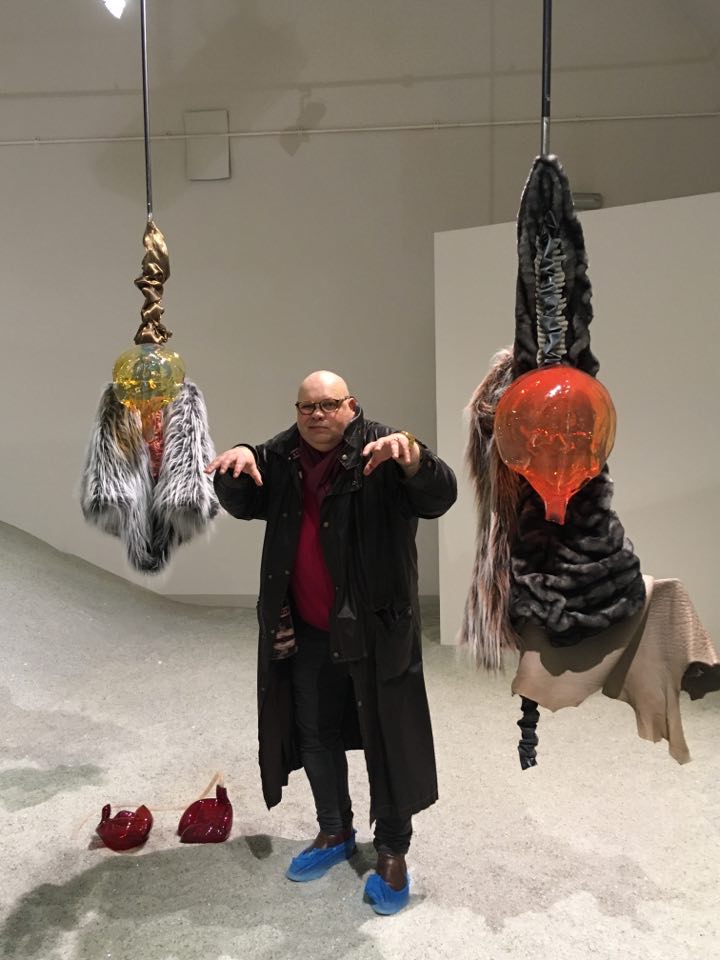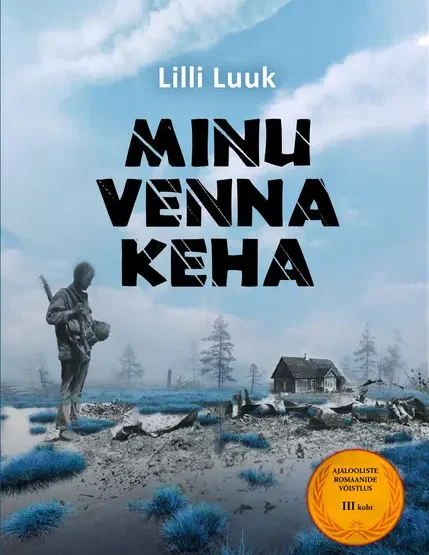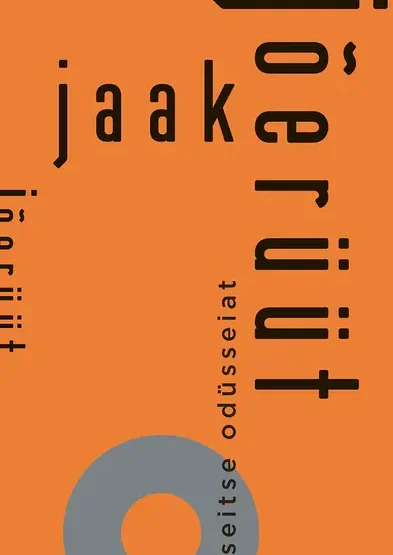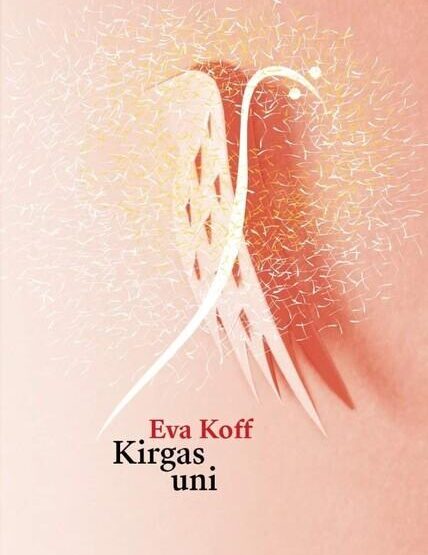Lepp ja Nagel 2019, 232 pp
ISBN 9789789949014
Paavo Matsin’s new novel is a treat for the author’s long-time fans. The story is fast-paced and spliced with a generous helping of humor and esoteric allusions. Still, the author’s ability to write multiple coexisting layers, and his shift towards a more “average-reader-friendly” style will make the work appealing to a much larger audience.
Matsin’s writing career has progressed along a very reliable track. His earlier works are experimental and esoteric, brimming with alchemic paradoxes and frames of mind. Yet, with his novel Gogol’s Disco – which received the European Union Prize for Literature and has since been translated into more widely-read languages – Matsin stepped out of his niche. The experimentality and madness that were so dominant in his writing slipped into a stream of classic plot trajectory. Whereas Matsin’s The Black Sun – his last novel before The Congo Tango – might have scared off some readers by immersing them in the wild 19th-century nightlife of the small South Estonian town of Võru and being partially written in a disorienting kaleidoscope of slang (including an unforgettable Jamaican stork!), the avian protagonists of The Congo Tango once again possess balance and finesse. At least judging by first appearances. As the Estonian author Peeter Sauter commented: “There are several layers to Matsin’s writing – you can read it as a children’s book, crime novel, fantasy, picaresque, or mystical treatise.”
The Congo Tango won the 2019 Estonian Writers’ Union’s Novel Competition. Matsin himself has commented: “At first, I even tried to dial down the whole style to zero so the jury wouldn’t recognize my writing, but by the end, I just couldn’t write that way. I attempted to write it as a poor B-category crime novel for a while – à la someone walking down a foggy street in England – but my style still won out in the end.”
The main storyline does begin in England when the six ravens of the Tower of London escape – according to myth, even the loss of one will spell doom for Britain and the Crown. Divided into three sections, titled “The Escape”, “The Calling”, and “The Melancholy Angel”, the book is set in London, Budapest, Cairo, Brussels, and ultimately Prague. The Congo Tango is made riveting by the array of compact scenes that build up the story – like a fine illustrated alchemic work; ones so vivid and engrossing that even readers with a poor sense of imagination will be drawn along. Ravenmaster Sebastian, and a young Czech alchemy researcher, Zito, find themselves swept into a sequence of adventures that neither could have ever predicted. Blood-soaked biscuits, the immortal Count of St. Germain, cafés, schnitzels, digressions into the world of taxidermy, Congo witches, and much more appear along the way. The ravens have scattered wide and are pursued not only by humans, but also by an angel with a decisive role to play (androgynously depicted by the book’s illustrator Remo Teder). Matsin has borrowed from the visions of Emanuel Swedenborg in his descriptions of the heavenly being. Swedenborg was a Swedish theologian and mystic who has continued to inspire many celebrated writers: Strindberg, Baudelaire, Borges, Miłosz, etc. I’m also reminded of Laura Lindstedt’s 2015 Finlandia Prize-winning novel, Oneiron.
Animal alchemy, romance between human and raven, shapeshifting – all these elements create an atmosphere on the level of stories by Gustav Meyrink or other German-language authors of magic and mysticism (such as Paul Leppin). The sporadic illustrations I mentioned before only add to the effect.
Anyone incurious about such literary heights may, however, simply read The Congo Tango for its first-rate fashion tips: “A tight-fitting blue Dunhill suit or a checkered Hackett still to that day gave a convincing impression of its owner having leapt straight out of a 19th-century City bank vault. The whole system of men’s fashion was, in reality, highly complex, because it was said that clothes should be purchased with intelligence, donned with attentiveness and care, and forgotten about once they were worn.” (p. 98)
We can only hope that Matsin’s pen continues trekking its multi-leveled path and he earns the international recognition he most certainly deserves – and not only by readers. The hundreds of universities researching the works of Arthur Machen, Edgar Allan Poe, and others should swiftly turn their attention towards the small Estonian town of Viljandi, where there sits a multifaceted storyteller whose writing makes it entirely within the bounds of possibility that such prominent names will one day be shrugged off as literary hacks.
Siim Lill is famous.





